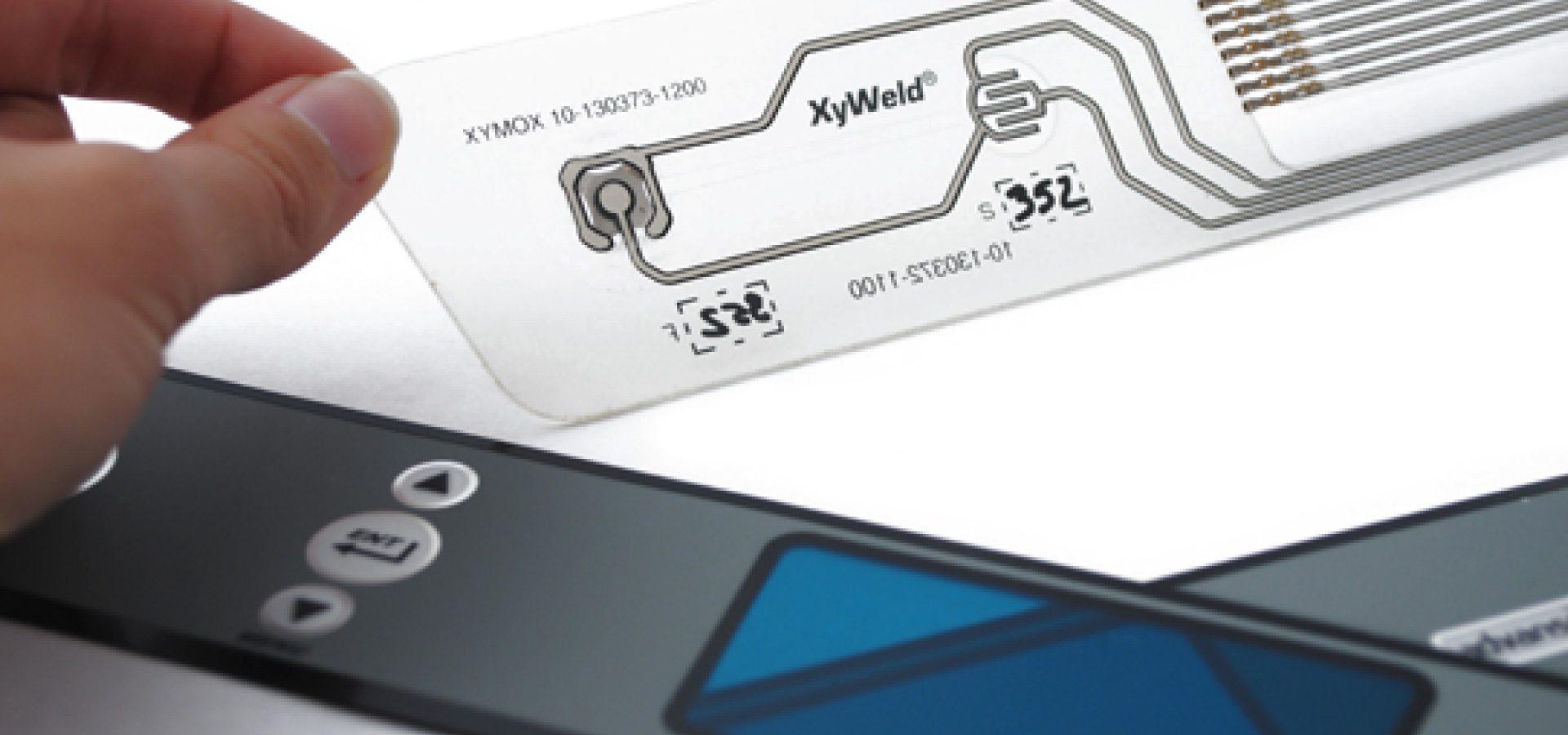Comprehending the Relevance of Membrane Switches in Individual Interfaces
Membrane switches are integral parts in the design of effective interface, assisting in not just functionality but additionally improving aesthetic appeal and user interaction. Their unique features, such as resistance to environmental aspects and adjustable designs, make them ideal for a varied array of applications across multiple sectors. As we explore the numerous benefits and future patterns connected with Membrane innovation, it comes to be clear that these switches are extra than just components; they stand for a convergence of development and practicality. The implications of this innovation on customer experience deserve examining additionally.
What Are Membrane Switches?

The spacer layer, which includes sticky residential or commercial properties, permits the splitting up of the circuit layer from the overlay, making sure that the switch continues to be in a non-activated state till pressed. When pressure is used to the overlay, it compresses the spacer layer, bridging the void and finishing the circuit in the underlying layer. This design not just decreases the physical room required for traditional mechanical buttons however also boosts the toughness of the device, as Membrane switches are usually immune to dirt, wetness, and various other ecological variables.
Commonly discovered in applications ranging from customer electronics to clinical gadgets, Membrane switches are integral to modern innovation, providing a reliable and easy to use user interface that lines up with modern design demands.
Advantages of Membrane Buttons
While numerous switch technologies exist, Membrane Switches offer unique benefits that make them especially preferable in various applications. Among the key benefits of Membrane buttons is their small layout, which enables space-saving applications in tools where realty is restricted. Their thin profile not just boosts aesthetic charm yet also assists in lightweight building.
An additional significant advantage is their resistance to ecological variables. Membrane switches are normally sealed versus wetness, dust, and impurities, making them optimal for use in requiring atmospheres, such as clinical gadgets and industrial devices. This resilience expands the life expectancy of the switch, minimizing maintenance expenses and boosting integrity.
Furthermore, Membrane switches can be personalized to satisfy details design demands, including special graphics and shades that boost customer communication. Their responsive feedback options can additionally be customized to provide an enjoyable customer experience. Additionally, Membrane switches are cost-efficient, particularly in high-volume applications, as they can be produced effectively.
Applications in Numerous Industries

In the customer electronic devices sector, Membrane switches prevail in devices such as microwaves, washing makers, and remote controls. Their tactile comments and visual alternatives enhance published here user experience while offering a smooth, contemporary look. Furthermore, vehicle makers make use of Membrane switches in dashboard controls and infomercial systems, where area is restricted, and individual involvement is essential.
Moreover, the commercial industry leverages Membrane switches in control panels for machinery and equipment, allowing for user-friendly operation in commonly rough settings. Their resistance to chemicals and wetness makes sure durability and dependability in these applications. In general, the adaptability of Membrane Switches adds dramatically to their widespread use, making them indispensable in numerous technical domain names.
Style Considerations for Membrane Buttons

When designing Membrane buttons, numerous crucial factors to consider should be considered to make sure ideal functionality and customer experience. First of all, the choice of products is vital; selecting sturdy, top notch substrates can boost the switch's longevity and resistance to ecological elements such as wetness and temperature level variations.
Secondly, the layout of the graphic overlay need to prioritize quality and ease of use. Symbols and message should be legible, and the design should assist in intuitive interaction (membrane switches). In addition, tactile comments is essential; integrating a responsive dome or other systems can improve the individual experience by supplying physical verification of activation
An additional important aspect is the button's electric performance. Designers must make sure that the conductive traces are properly created to lessen resistance and prevent signal disturbance. This includes examining the needed actuation pressure and making certain compatibility with the electronic components they will user interface with.

Future Fads in Membrane Innovation
As technology remains to development, Membrane switches are poised to advance considerably, driven by advancements in products and manufacturing techniques. One arising trend is the consolidation of sophisticated materials, such as versatile substratums and conductive inks, which boost resilience and minimize the total weight of Membrane buttons. These products not only improve the tactile reaction however also permit why not try this out the style of switches that can hold up against harsher ecological conditions.
In addition, the combination of touch-sensitive technologies is changing traditional Membrane Switches into even more interactive interface. Capacitive touch sensing units embedded within Membrane button panels can offer a much more responsive and user-friendly individual experience, lining up with the growing need for sleek, modern-day designs in consumer electronics.
In addition, developments in printing strategies, such as digital and 3D printing, allow fast prototyping and personalization of Membrane buttons. This flexibility enables suppliers to react quicker to market demands and consumer preferences.
Finally, sustainability is coming to be a significant emphasis, with producers exploring environmentally friendly materials and procedures. As these patterns unfold, the future of Membrane technology promises enhanced capability, visual allure, and environmental responsibility, strengthening their function in sophisticated interface throughout different markets.
Verdict
In final thought, Membrane Switches represent a crucial component in the style of customer interfaces, integrating capability with visual adaptability. As developments in modern technology continue, the development of Membrane switches is anticipated to more fine-tune customer interfaces, driving innovation and enhancing usability in a progressively intricate technical landscape.
Membrane switches are important parts in the design of efficient individual interfaces, facilitating not only performance but likewise improving visual allure and user communication.Membrane Switches serve as an essential element in various user interfaces, assisting in a seamless communication in between customers and electronic devices.While various switch innovations exist, Membrane Switches offer distinctive benefits that make them specifically preferable in numerous applications.Moreover, Membrane buttons can be tailored to fulfill specific design requirements, incorporating one-of-a-kind graphics and colors that boost individual interaction.In final thought, Membrane Switches represent a vital component in the design of user interfaces, combining functionality with aesthetic flexibility.